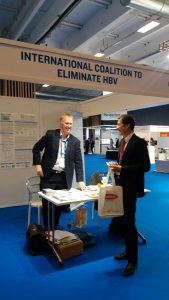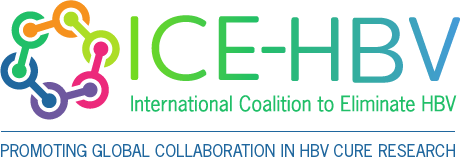While it would be inappropriate to promise that a cure will be available within a precise timeline, hope is strong and the scientific community – academic and industry alike – is clearly racing in that direction as shown during the International Liver Congress (ILC) in Paris in April 2018 . Currently, almost 50 new anti-HBV and HDV molecules are being openly developed, 16 of them are already undergoing phase II clinical trials. Among them, HBV entry and egress inhibitors, several formulations of RNA interfering/destabilizing agents, capsid assembly modulators (CAMs) and immune modulators.
Pre-clinical studies in animal models presented at the ILC 2018 indicate that the most promising strategies are based on the combination of different direct and indirect antiviral approaches. Indeed, inhibition of viral replication and antigen production seems to be necessary but not sufficient to avoid viral rebound at treatment cessation. In mice models of HBV replication, the combination of effective new direct antivirals (CAMs, siRNAs) with therapeutic vaccination followed by immune boosting gave promising results about the possibility of achieving a HBV “functional cure”, i.e. stable viral suppression and antigen clearance accompanied by the appearance of protective antibodies without viral rebound after therapy stopping. However, a specific effect on intrahepatic cccDNA pool has not yet been proved in these regimens and cccDNA targeting remains a crucial objective for future strategies.
References:
– HBV Pre-Clinical Studies Session at ILC 2018
– The Hepatitis B Foundation Drug Watch

